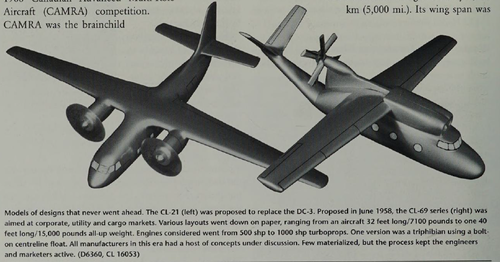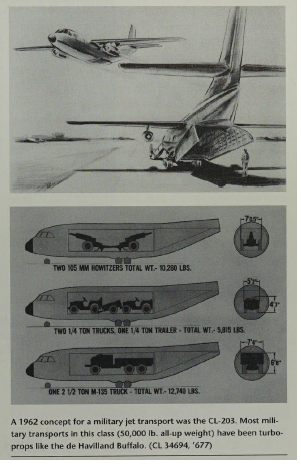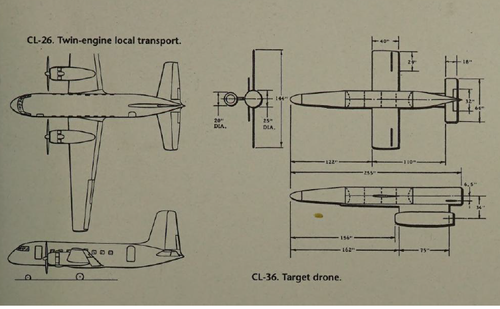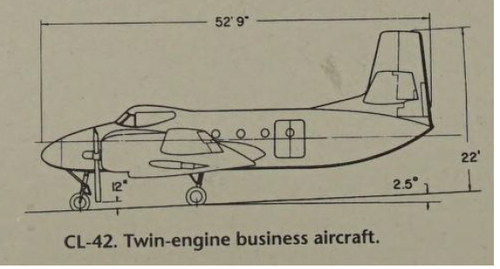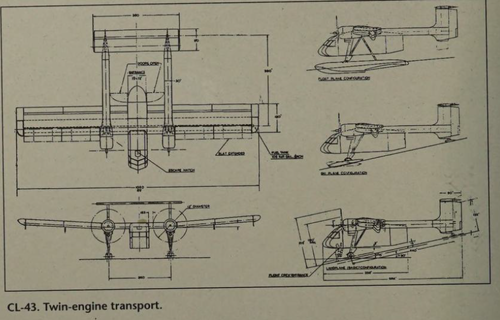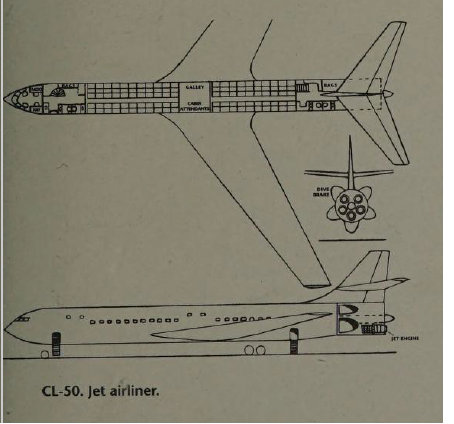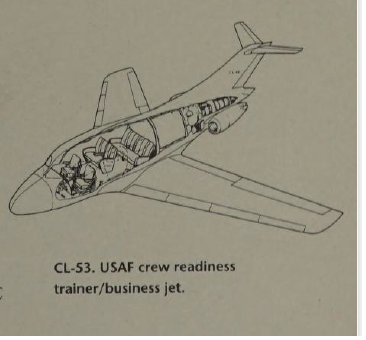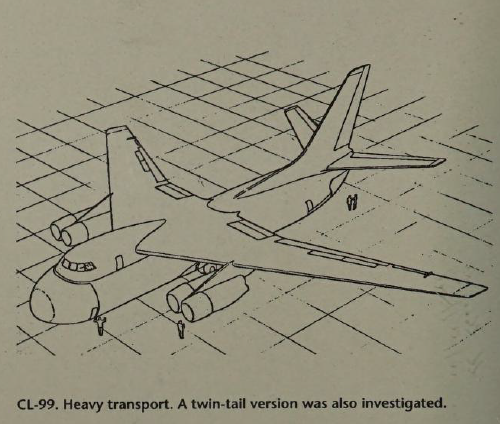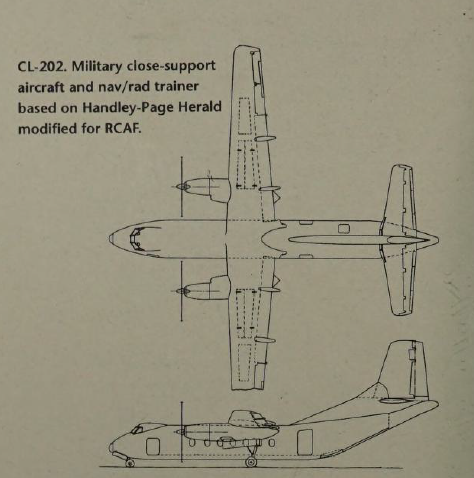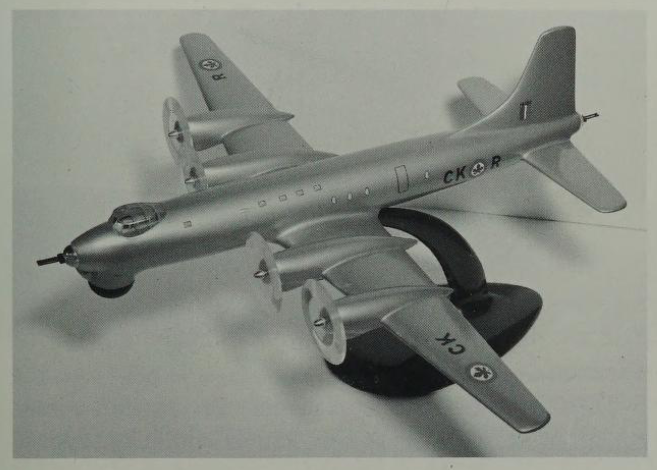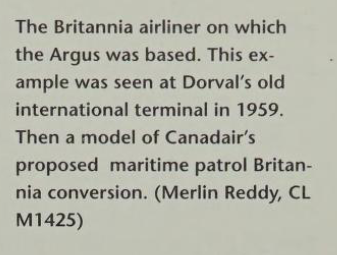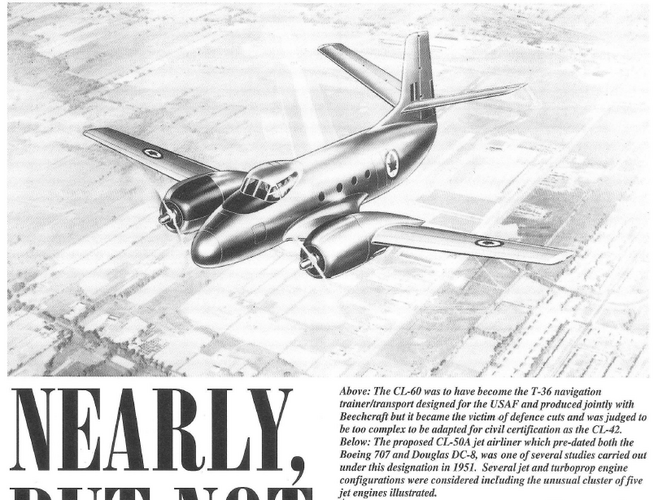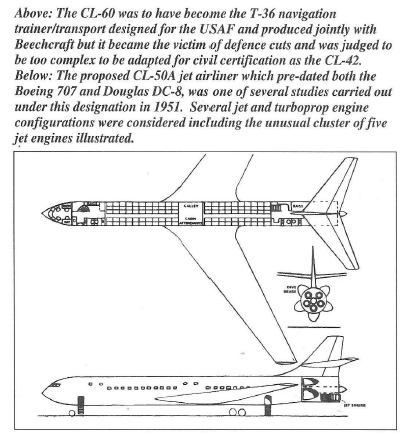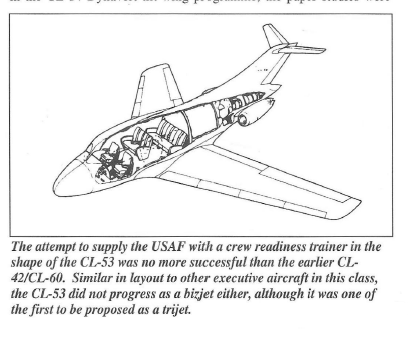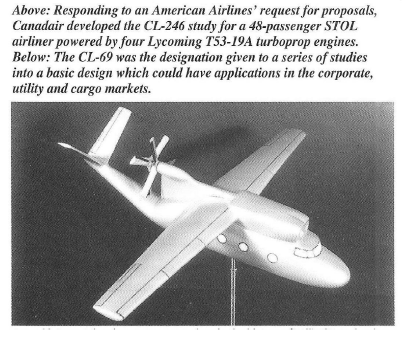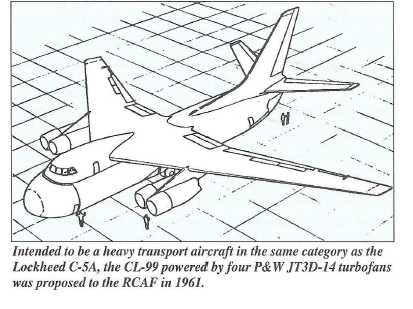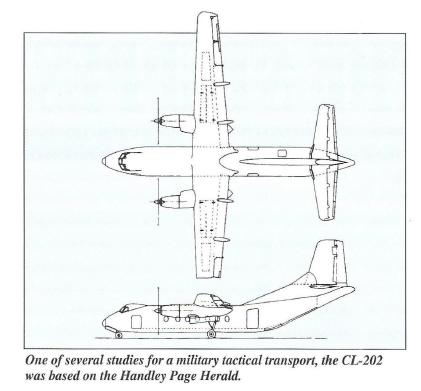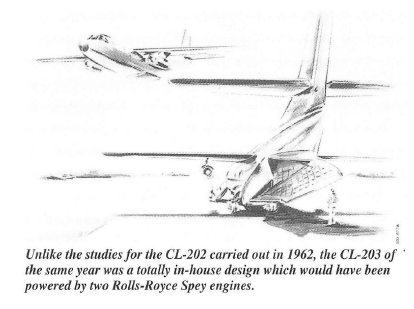The following info re. the Beech T-36 might be of interest.
In 1950, the USAF invited a number of firms to submit proposals for a new twin-engine advanced trainer intended for the training of navigators. Beech Aircraft won the competition in July 1951 but Canadair ranked among the best bids. Its efforts did not go unnoticed. Indeed, the USAF invited Canadair to participate in the Beech T-36 production program. In addition to supplying parts and sub-assemblies, the Montreal aircraft manufacturer obtained a contract for 225 or so aircraft. This was the largest order granted so far to a foreign aircraft manufacturer by the USAF. By way of comparison, Beech Aircraft only had to build 195 or so T-36s, for a total of 420 aircraft. Such a division of the production pie was nothing exceptional. At that time, in fact, the Truman administration had a policy of sharing as much as possible the production of an aircraft between two companies.
Discussions within the USAF regarding the use of turboprops instead of piston engines caused delays to the T-36 project. Unable to meet the new schedule, Beech Aircraft had to call on a few subcontractors. The costs of the program soon mounted rapidly. In early 1953, shortly after coming to power, the Eisenhower administration launched a vast economy oriented strategic program. Its guidelines were clear: military spending had to be reduced. Massive cuts forced the USAF to re-evaluate the importance of ongoing programs. Combat aircraft understandably had priority, and the T-36 seemed a tad too luxurious. In June 1953, not too long before the first flight of the prototype, the Department of Defense put an end to the program. In the Beech and Canadair factories, there was consternation. Overnight, many workers at Canadair found themselves unemployed, for example.
It so happened that, back in 1952, the RCAF had set out to find a new maritime reconnaissance aircraft. It had to replace the old Avro Lancasters which were still in use for that work, for lack of anything better. Canadair was very interested in that project. The cancellation of the T-36 production program had, after all, cost it dearly. The company submitted two preliminary designs to the RCAF: one, entirely original, and another, derived from the Bristol Britannia, a British turboprop airliner which had first flown in August 1952. Regardless of which aircraft the RCAF chose to go with, everyone agrees that this program was going to be expensive. Given the situation, the Department of National Defence wondered if it would not be more economical to buy an American or British aircraft. Four (?) aircraft manufacturers, including three American ones, thus submitted proposals. The RCAF nevertheless chose the modified version of the Britannia offered by Canadair, the future CP-107 Argus, in February 1954 – a decision which may have been taken, if only in part, to compensate for the cancellation of the T-36 production program.

